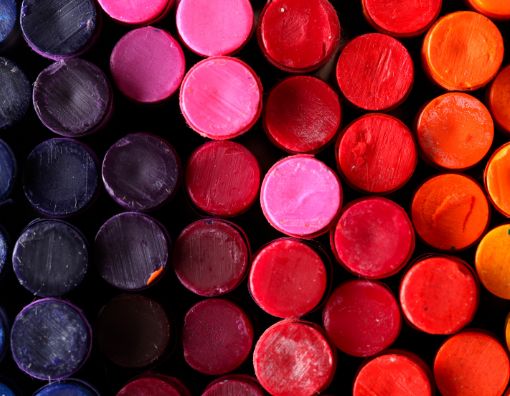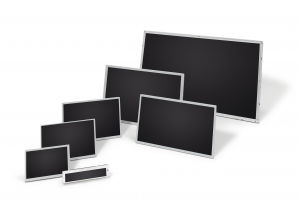‘True color’ is one of those expressions that takes on a different meaning, depending on who you’re talking to. For an artist or designer, it refers to the accurate depiction of colour in an image – as close to the original as possible. In the world of displays, it defines the palette of around 16 million colors on a PC (otherwise known as 24-bit color depth).

Either way, it’s important, but in the world of displays it can be mission critical. Think monitors showing human tissue discolouration during surgery. Or chemical analysis systems, where the on-screen color distinguishes one from another. And thermal measurement devices frequently display temperatures using colour coding. The colours need to be accurate because important decisions are taken on the basis of them.
Technically, a display is comprised of the TFT cell with its liquid crystal, optical films and backlight system, the used polarizer and even a string of LEDs inside the internal light source. Each element has been painstakingly designed to create the optimum visual experience. Yet not one display is exactly the same as another and tolerances of coloration are allowed – even inside the same production batch of single product. So, identical brightness and color performance on displays of different sizes is close to impossible.
Calibration devices can be used to compare display colors within defined references, and by adjusting look-up tables, they can help to address the color space of a display. It’s an important step in reaching – or at least getting closer to – real world colors on a display device.
However, it may not last. Every additional layer added between the optical path and the observer can put you back at square one. Adding touch capability? A coverlens for extra sturdiness? Every additional part will alter the color of the image on the display. Touch sensitive layers often consist of glass or foils, and – depending on the used technology – may give a tint. In coverlenses made of soda-lime glass, a green tint is often observed. And the thicker the glass, the worse the color shift.
Because every component of an HMI device requires careful selection to achieve ‘true color’ – especially those where color accuracy is paramount for high-stakes decision-making – we have specialists on-hand whose vast expertise in matching the right components achieves the very best results every time.
Our display solutions come in a range of form-factors and our display-experts are on hand to guide you in the creation of display or touch solutions that meet your requirements. Find out how Avnet Embedded can propel your product innovation and get in touch today.
Talk to the experts!
Let us know about your product or your challenge and our team will get in touch to discuss how we can help.




